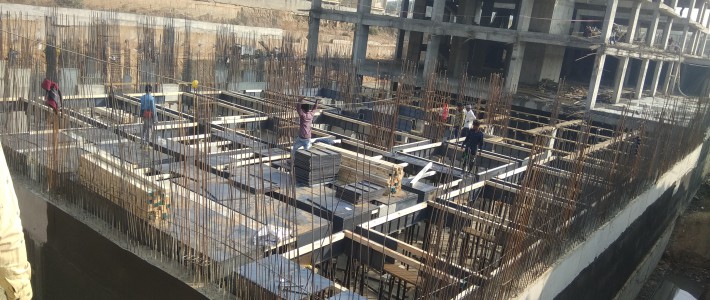20 Nov

Plywood formwork
It can be reutilised far more times than the wooden formworks thus can be used even 20-25 times.
Steel formwork
These panels are made of thin steel plates stiffened along the edge by tiny steel angles.
Steel formwork rather than wood formwork – why:
- The steel forms are more resistant, durable and last longer when compared to wooden formworks; plus, their reuse is more frequent.
- Steel formworks can be installed and removed easily and quickly.
- Using steel formworks ensures a better quality of the concrete surface and do not require further treatment.
- Steel formworks do not absorb moisture from concrete.
- Steel formworks do not shrink nor deform.
Comax formwork system
- Large panel higher productivity (240x330cm);
- Sub-measures and compensation elements available;
- Large modularity of panels that can be applied both vertically and horizontally
- A “Self Compacting Concrete (SCC)” can be used;
- Panels can also be used for inclined walls;
- Wide range of accessories (corner brackets, service brackets, strutting beams).
COMAX DISMANTLING
- Wait for the time required before dismantling. The length of time is strictly related to the concrete (type of concrete, aggressiveness and weathering)
- Unhook and take the loose elements off the formwork, such as tie rods and connecting elements
- Detach the form from the concrete surface with proper tools. By doing this the element will be untouched, and so will the form, which will not carry an unnecessary overload
- Attach the unit to the crane and lift it up
- Unhook the stabilization struts if any
- Lift and move the unit up to the next site or temporary warehouse. Make sure the panels are laid horizontally, so to avoid overturning
- Clean the panel as instructed
- You can now proceed with mantling the system.
Leave a Comment